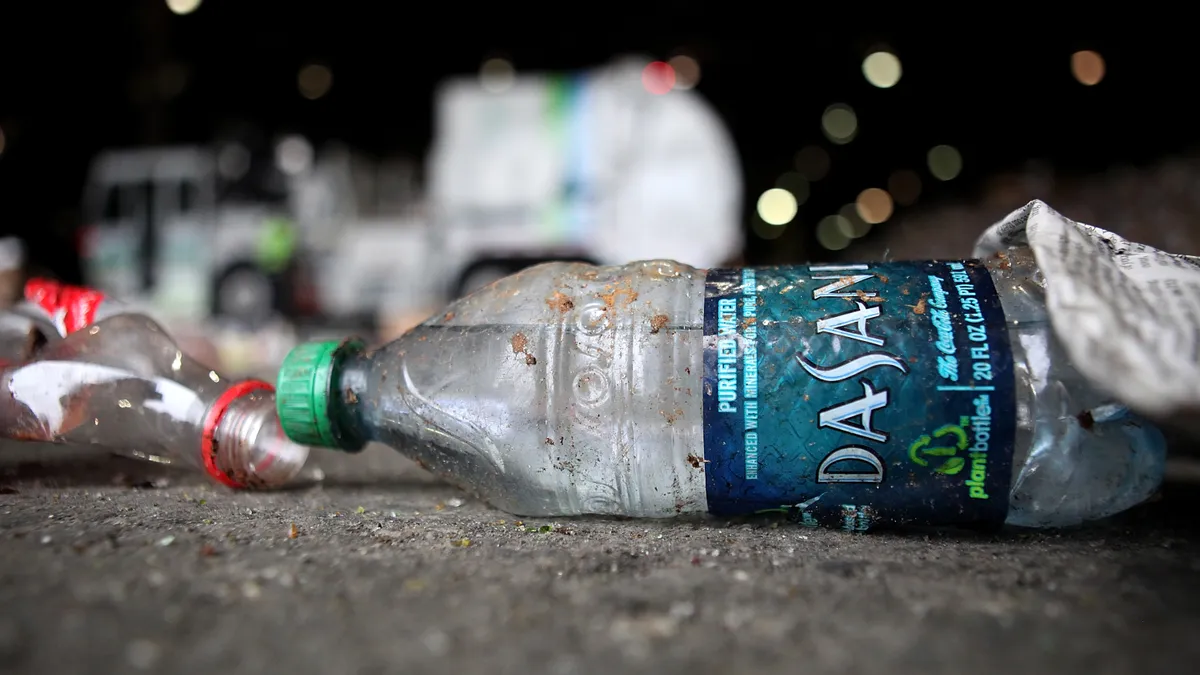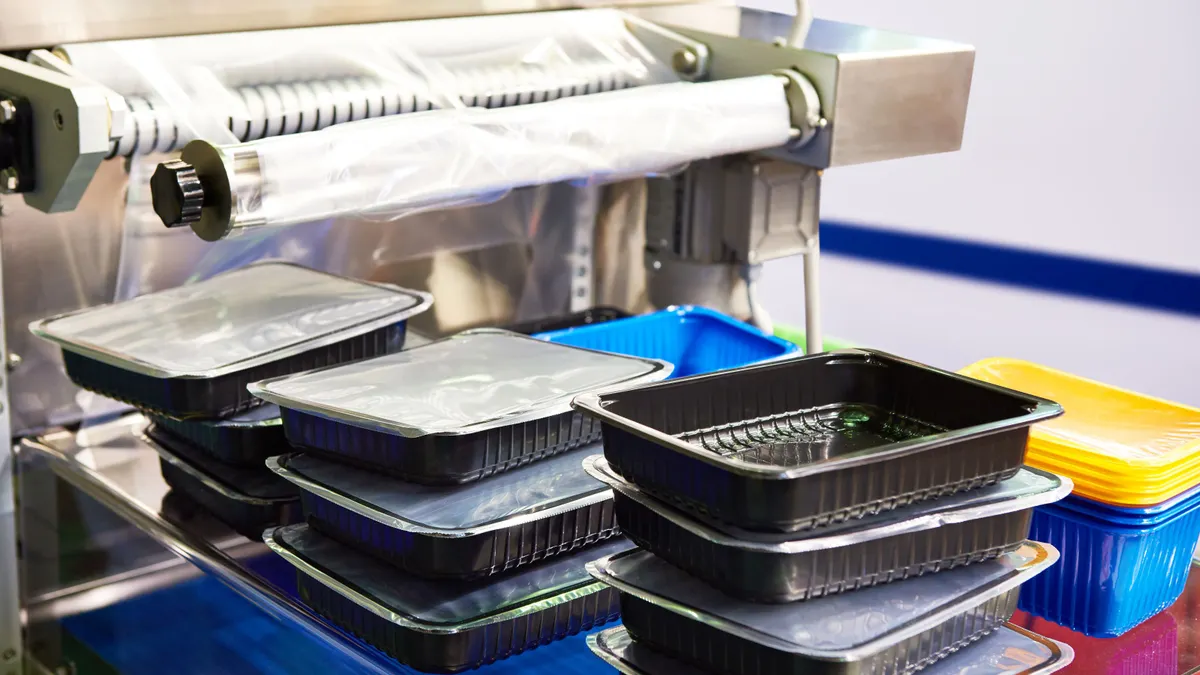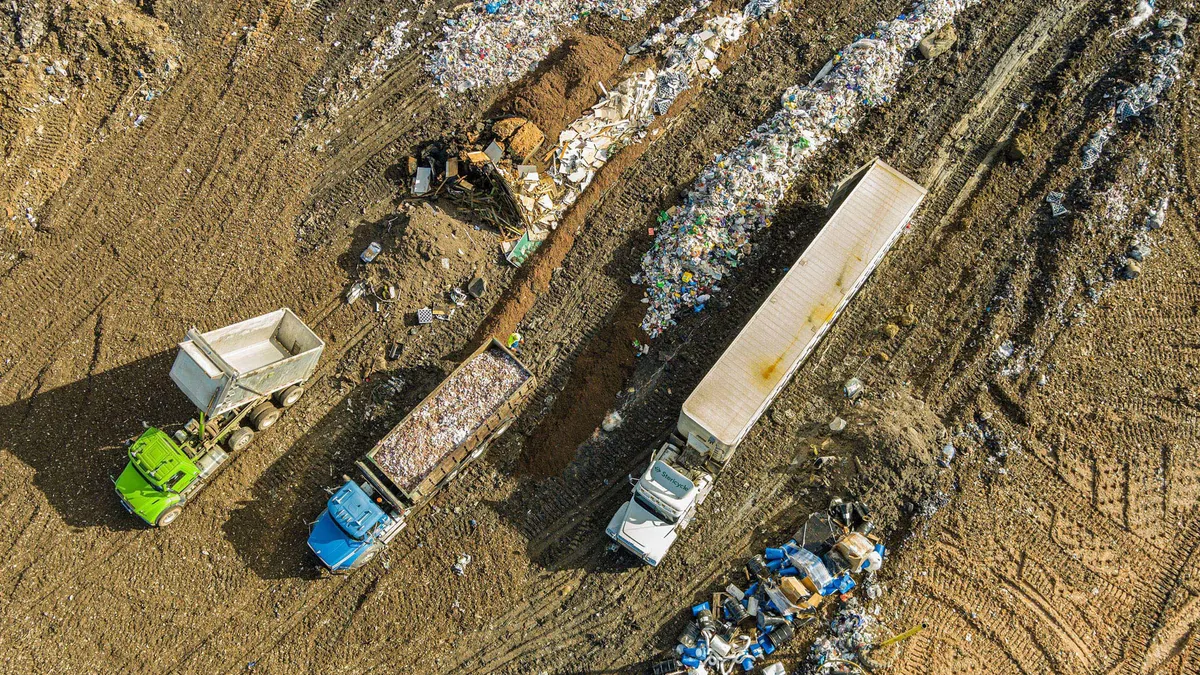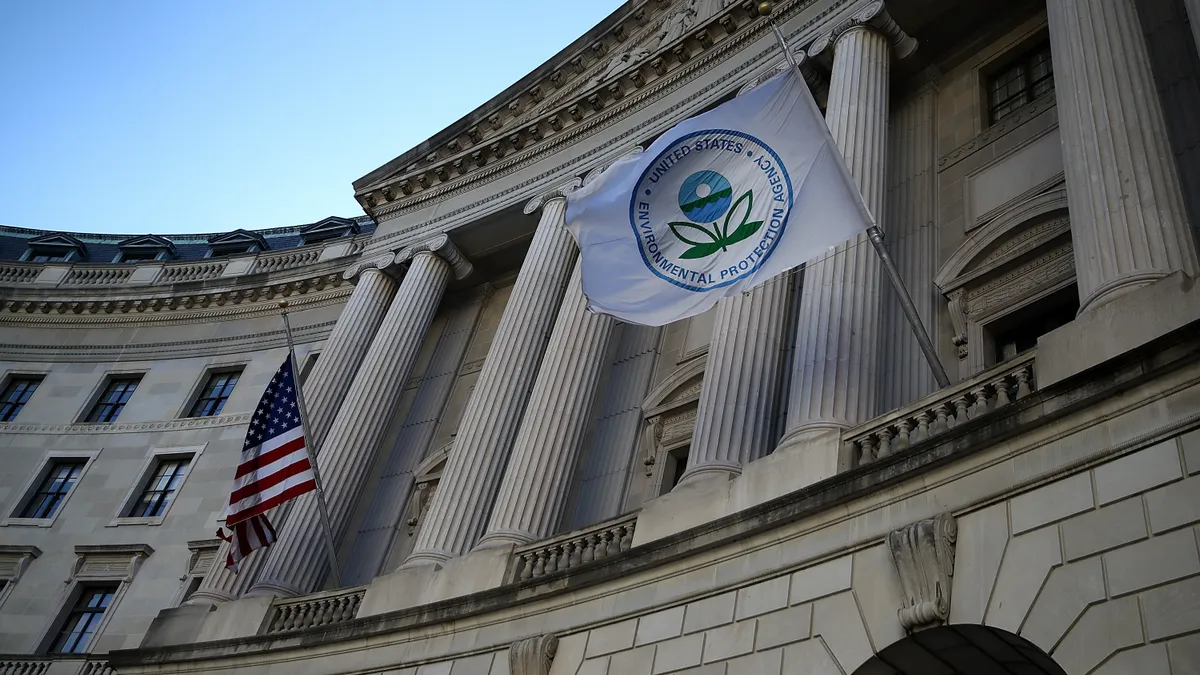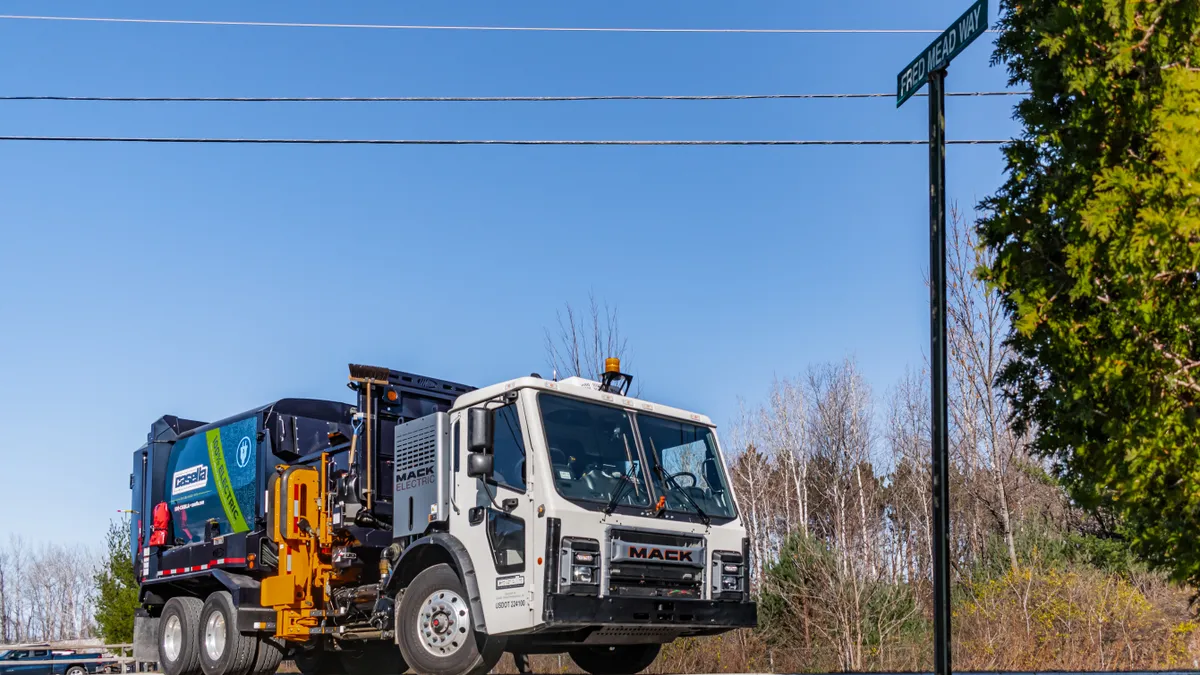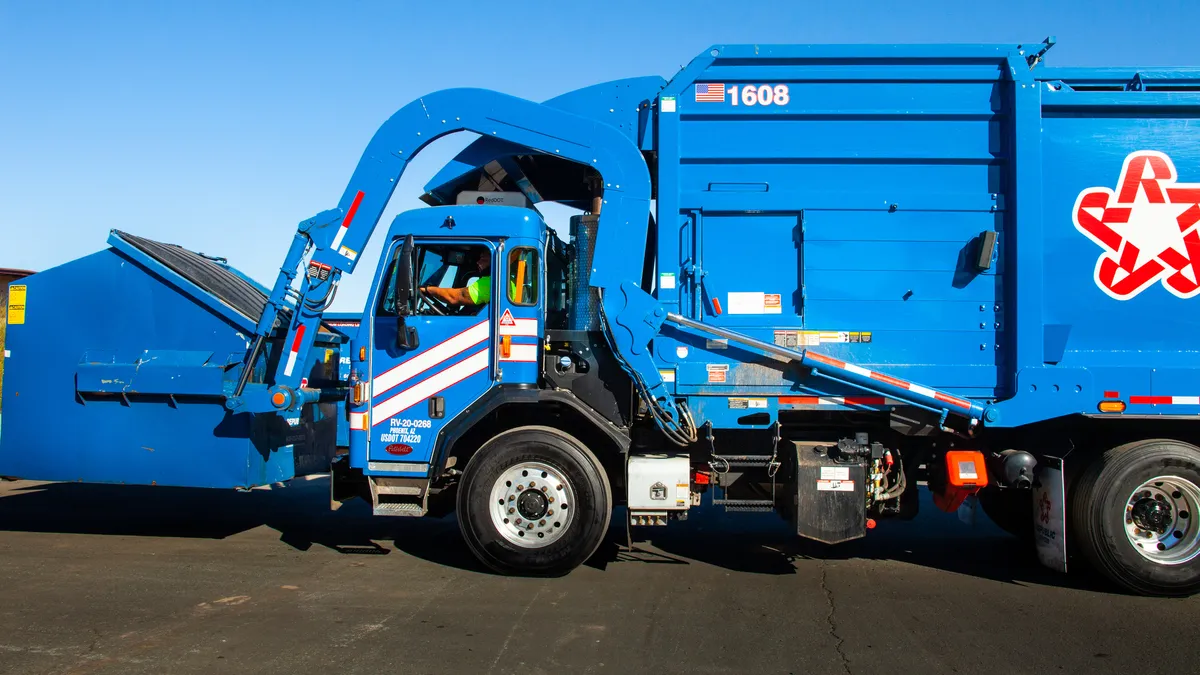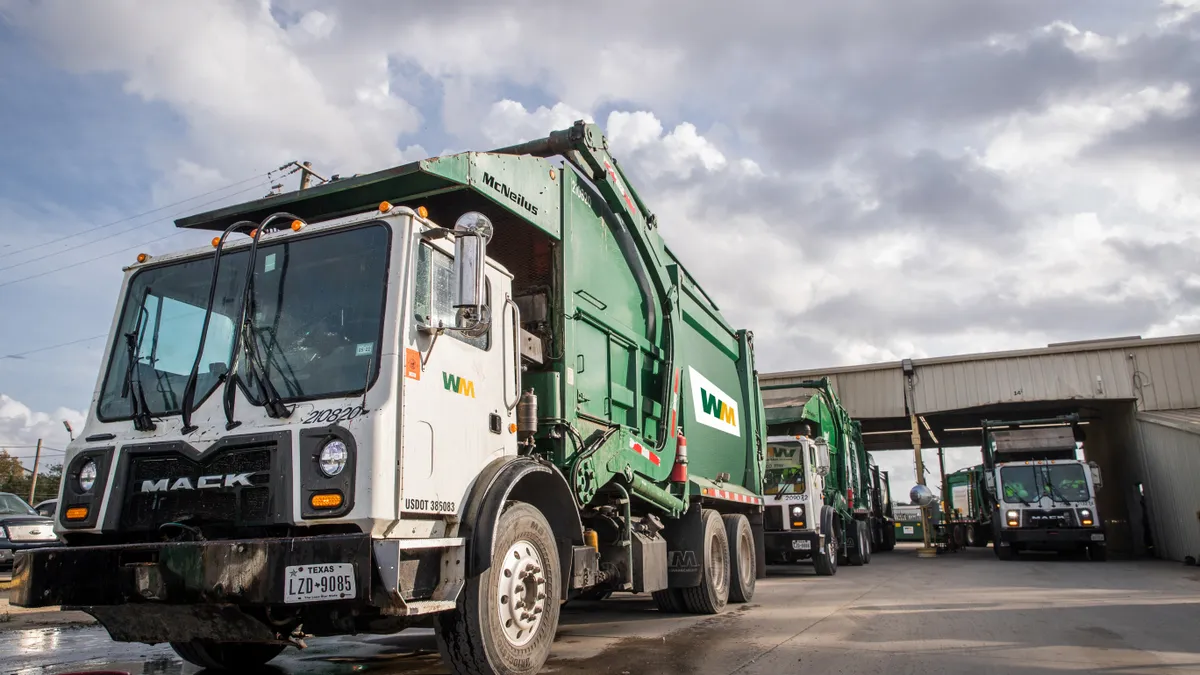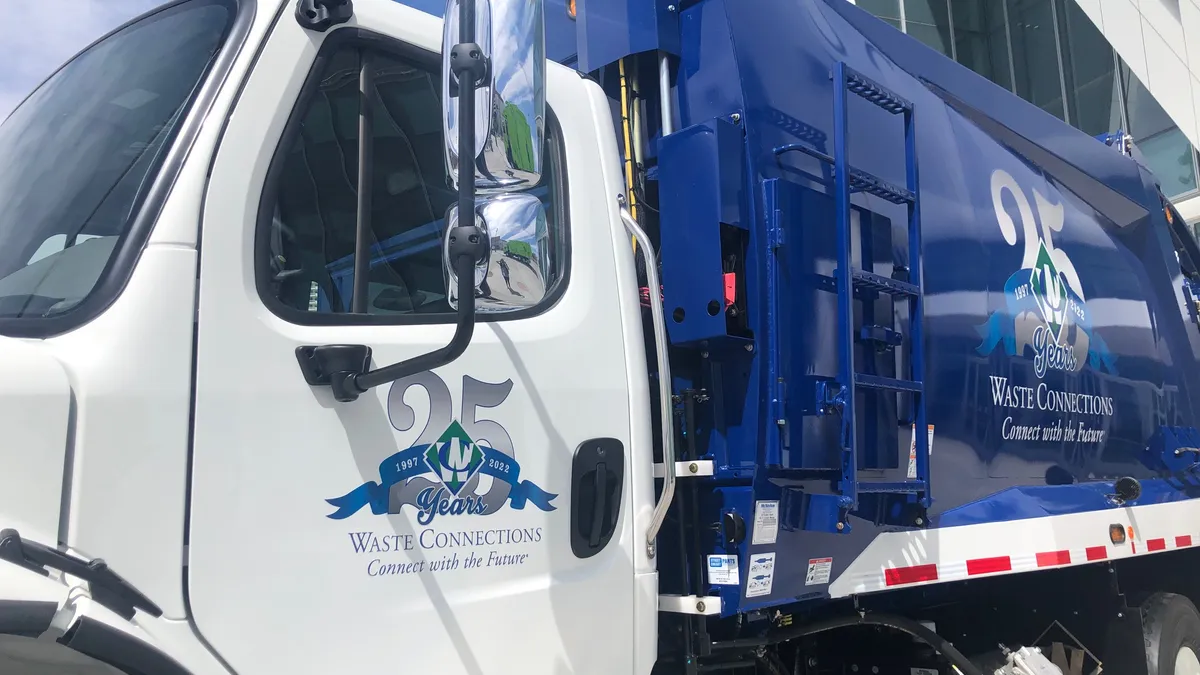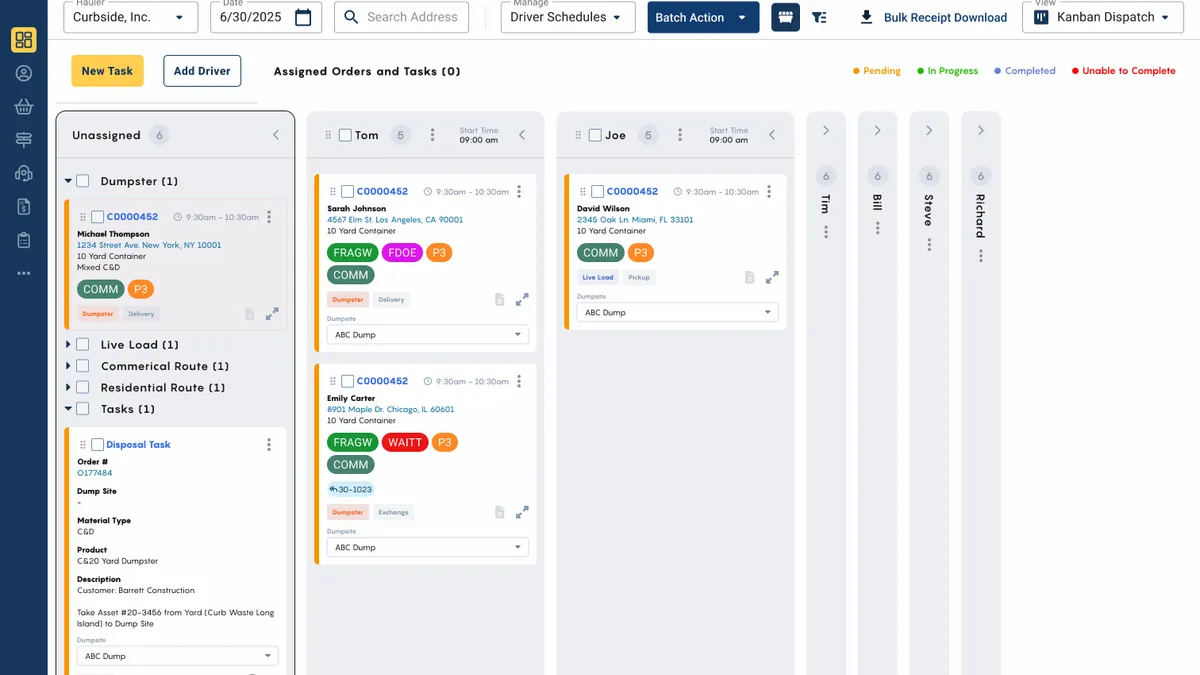It’s been a tough year for recyclers in the U.S., most of whom are facing various levels of uncertainty related to the interconnected effects of tariffs, labor constraints and consumer confidence.
Though global and domestic economic pressures are expected to continue into next year, there’s reason to be optimistic about longer-term economic trends that could spur future demand for recycled content, said Emily Sanchez, chief economist at the Recycled Materials Association, at the National Recycling Congress at Wichita State University in Kansas.
“The industry has always thrived on being innovative. They've always thrived on being adaptive. Recycling is fundamentally about solving the eternal problem of scarcity, turning waste into resources,” she said.
Sanchez outlined recent economic headwinds and trends during a presentation on Oct. 3.
Tariffs have already reshaped commodity markets and created destabilizing economic conditions for recyclers in the U.S., particularly those who have more of a dependency on exports and those whose businesses are closer to hard-hit industries, she said. “These policy shifts have been making planning really impossible, but recyclers have been just adapting as best as they can,” Sanchez said.
Overarching U.S. labor market trends are also affecting recyclers. There’s a “downshift in growth and job growth that's underway,” she said, driven in part by higher cost pressures from tariffs, inflation worries and other factors.
During Q2 earnings calls this summer, several major publicly traded waste companies reported a range of these headwinds were affecting their guidance this year. Most reported lower commodity prices were weighing on earnings, combined with higher labor costs and manufacturing softness. But Republic Services CFO Brian DelGhiaccio predicted the macro environment for manufacturing could turn around in coming years.
Immigration policy is also contributing to labor market weakness, Sanchez said. “Changes in immigration policy have reduced the labor pool and in a really big way in certain sectors. And then on the demand side, the demand for jobs has been really soft.”
Meanwhile, consumer spending is expected to slow down as the year goes on, in part because of these job trends, she said. That lower consumer demand means companies aren’t churning out as many new products, including those made with recycled materials.
The Federal Reserve has recently lowered interest rates and indicated that it could again lower rates later in October.
“I'm particularly looking at how that's going to affect demand in certain markets that impact recycled materials, like in cars, auto parts, houses and [capital expenditures],” Sanchez said. “These capital expenditures might require recycled inputs, or [generate] recyclable materials at some point in the future.”
Sanchez said companies that have delayed major investments this year have had a direct impact on the industry, but such caution may lead to pent-up demand for recycled materials as early as next year. “There were a lot of companies that have just been postponing purchases today, and they're going to need materials tomorrow,” she said.
Meanwhile, U.S. recyclers are also weathering global economic impacts, such as a slowdown of global growth that likely means less demand for recycled materials, Sanchez said. She estimates global real GDP growth will be about 3% this year, and decrease slightly to about 2.9% in 2026.
“By this point of the year, we're seeing that goods trade is weak, and that matters a lot, since so much of goods are made with international supply chains, and then there's just tremendous uncertainty and a lot of unsettled policy risk,” she said.
But despite geopolitical challenges, she sees a silver lining: “The pace of global growth has actually been pretty resilient” this year, she said.
Recent data from the Purchasing Managers’ Index, a monthly indicator of a country’s manufacturing sector health, also show key growth in the economies of India, Thailand and Vietnam. These are significant trade partners for U.S. recycled commodities, so strong manufacturing growth is a positive sign for U.S. recyclers, she said.
Another spot of optimism is growing interest in recycled commodities and critical materials derived from the electronics sector, since the U.S. aims to prioritize domestic sources over importing them from economic competitors.
“I'm cautiously optimistic for the short term, in terms of market outlook, and I'm genuinely excited for the long term. We could be looking at massive growth in some areas where we need to have recycled inputs from batteries, electronics, and materials for renewable infrastructure,” she said. “The demand is going to be there and it's going to grow,” she said.



